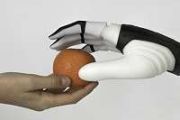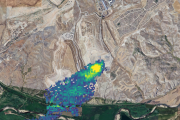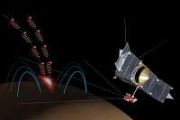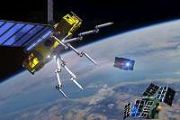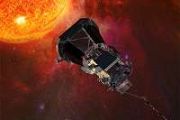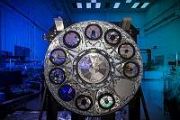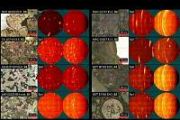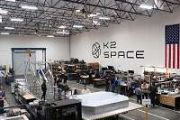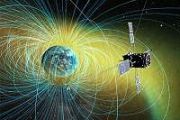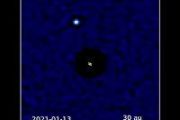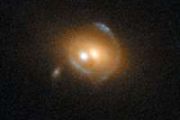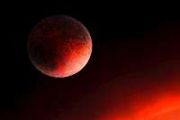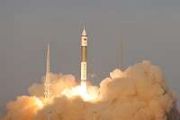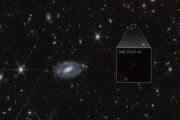
Copernical Team
NASA to measure moonquakes with help from InSight Mars mission

The technology behind the two seismometers that make up NASA's Farside Seismic Suite was used to detect more than a thousand Red Planet quakes.
The most sensitive instrument ever built to measure quakes and meteor strikes on other worlds is getting closer to its journey to the mysterious far side of the moon.
New technique offers more precise maps of the moon's surface
![Cropped LOLA LDEM (a), (c) and SfS solution (b), (d) for the Malapert Massif candidate landing region, centered at 85.964°S, 357.681°E on a ridge near the summit of Mons Malapert. Both products show a central east–west ridgeline with primarily north- and south-facing slopes. Two hillshade images match illumination conditions of the low-Sun controlled NAC mosaic with subsolar longitude 315° [(a)–(b), Sun from top left] and 235° [(c)–(d), Sun from bottom left], elevation 5° above the horizon. Credit: The Planetary Science Journal (2024). DOI: 10.3847/PSJ/ad41b4 New technique from Brown University researchers offers more precise maps of the Moon's surface](https://scx1.b-cdn.net/csz/news/800a/2024/new-technique-from-bro.jpg)
Successful engine test boosts Vega-C toward return-to-flight
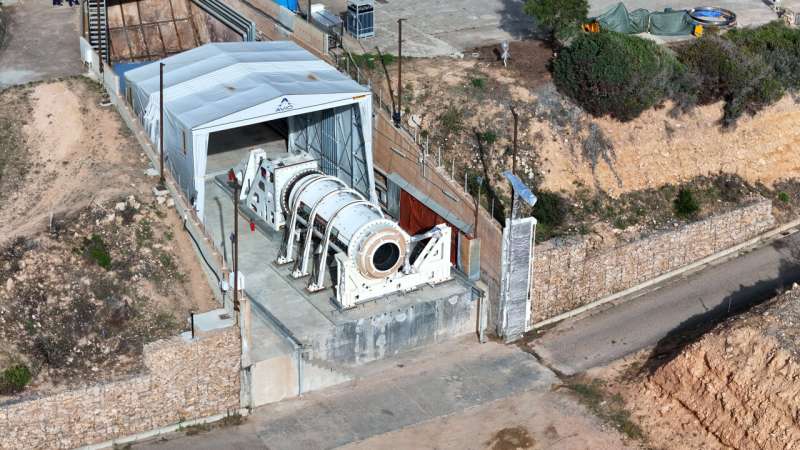
Virtual flying lessons for Hera asteroid mission
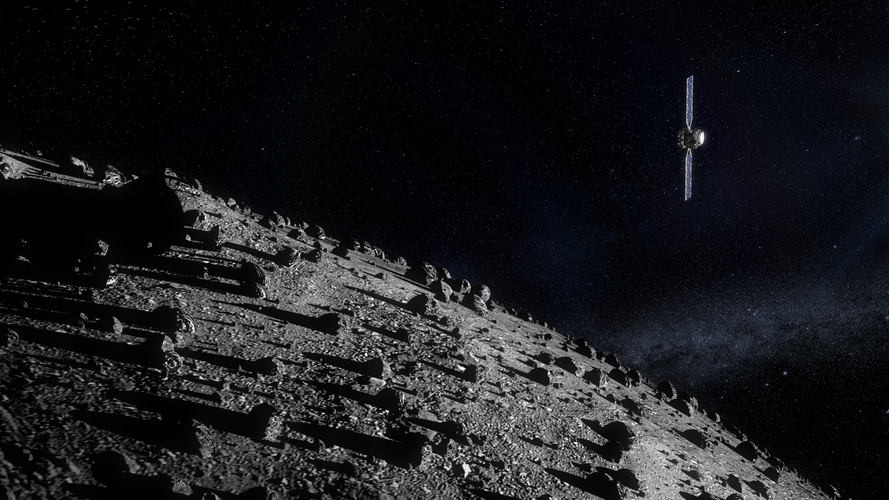
As ESA’s Hera spacecraft for planetary defence goes through pre-flight testing, the system that will steer it around its target binary asteroid system is also undergoing its final checks for space.
Fly across Nili Fossae with ESA’s Mars Express
 Video:
00:03:29
Video:
00:03:29
Mars’s surface is covered in all manner of scratches and scars. Its many marks include the fingernail scratches of Tantalus Fossae, the colossal canyon system of Valles Marineris, the oddly orderly ridges of Angustus Labyrinthus, and the fascinating features captured in today’s video release from Mars Express: the cat scratches of Nili Fossae.
Nili Fossae comprises parallel trenches hundreds of metres deep and several hundred kilometres long, stretching out along the eastern edge of a massive impact crater named Isidis Planitia.
This new video features observations from Mars Express's High Resolution Stereo Camera (HRSC). It first flies northwards towards and
Study: Under extreme impacts, metals get stronger when heated
 Metals get softer when they are heated, which is how blacksmiths can form iron into complex shapes by heating it red hot. And anyone who compares a copper wire with a steel coat hanger will quickly discern that copper is much more pliable than steel.
But scientists at MIT have discovered that when metal is struck by an object moving at a super high velocity, the opposite happens: The hotte
Metals get softer when they are heated, which is how blacksmiths can form iron into complex shapes by heating it red hot. And anyone who compares a copper wire with a steel coat hanger will quickly discern that copper is much more pliable than steel.
But scientists at MIT have discovered that when metal is struck by an object moving at a super high velocity, the opposite happens: The hotte Shenzhou 18 crew conducts first spacewalk
 The Shenzhou XVIII crew conducted their first spacewalk outside the Tiangong space station on Tuesday, completing several assignments, according to the China Manned Space Agency.
The agency said in a news release that mission commander Senior Colonel Ye Guangfu and crew member Lieutenant Colonel Li Guangsu returned to the Wentian science module at 6:58 pm after floating nearly eight and a
The Shenzhou XVIII crew conducted their first spacewalk outside the Tiangong space station on Tuesday, completing several assignments, according to the China Manned Space Agency.
The agency said in a news release that mission commander Senior Colonel Ye Guangfu and crew member Lieutenant Colonel Li Guangsu returned to the Wentian science module at 6:58 pm after floating nearly eight and a KT SAT signs MoU with Rivada for next-generation data network
 KT SAT, Korea's national satellite communications services provider, and Rivada Space Networks have signed an MoU to provide next-generation connectivity for Enterprise and Government customers, enabling expansion in Asia Pacific and beyond.
KT SAT will deploy Rivada's outernet, a space-based network in low earth orbit, to provide ultra-secure connectivity to Enterprise, Government, and Ma
KT SAT, Korea's national satellite communications services provider, and Rivada Space Networks have signed an MoU to provide next-generation connectivity for Enterprise and Government customers, enabling expansion in Asia Pacific and beyond.
KT SAT will deploy Rivada's outernet, a space-based network in low earth orbit, to provide ultra-secure connectivity to Enterprise, Government, and Ma Colossus's AI-enabled hardware achieves space heritage aboard Loft's YAM-6 satellite
 Colossus, formerly known as Zephyr Computing Systems, is at the forefront of the artificial intelligence (AI) computing hardware market for space, having achieved space heritage for its radiation-tolerant processor as part of Loft Orbital's YAM-6 satellite. This customer milestone brings Colossus's radiation-tolerant, GPU-based processor, Kestrel, to TRL-9, confirming a leap in AI-enabled space
Colossus, formerly known as Zephyr Computing Systems, is at the forefront of the artificial intelligence (AI) computing hardware market for space, having achieved space heritage for its radiation-tolerant processor as part of Loft Orbital's YAM-6 satellite. This customer milestone brings Colossus's radiation-tolerant, GPU-based processor, Kestrel, to TRL-9, confirming a leap in AI-enabled space Advanced satcom technologies revolutionize aviation and marine industries
 The aviation and marine industries are currently undergoing a significant transformation, thanks to advancements in satellite and communication technologies. Companies such as Intelsat, SES, MDA Space, Hughes Network Systems, Orbit Communications Systems, Collins Aerospace, and Gogo Business Aviation are pioneering these innovations, enhancing connectivity and operational capabilities. These dev
The aviation and marine industries are currently undergoing a significant transformation, thanks to advancements in satellite and communication technologies. Companies such as Intelsat, SES, MDA Space, Hughes Network Systems, Orbit Communications Systems, Collins Aerospace, and Gogo Business Aviation are pioneering these innovations, enhancing connectivity and operational capabilities. These dev 








